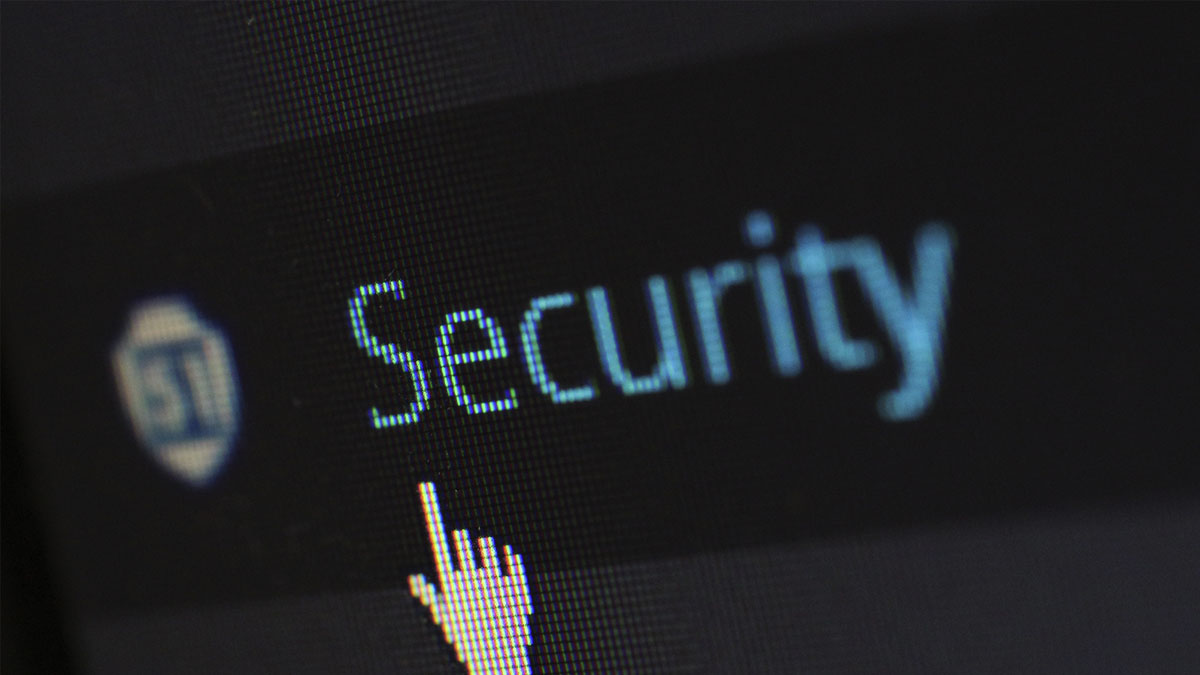In the digital age, cybersecurity is not just a concern for large corporations; small and medium-sized businesses (SMBs) are increasingly becoming prime targets for cyber attacks. According to Jane LeClair from the National Cybersecurity Institute, a staggering 50% of SMBs have fallen victim to cyber attacks, with over 60% of those attacked facing the grim reality of going out of business.
Why are SMBs vulnerable?
SMBs find themselves in the crosshairs of cybercriminals for several reasons. They are perceived as the low-hanging fruit—easy targets with less robust defenses compared to their larger counterparts. In fact, they are often the least prepared to deal with cyber threats, making them susceptible to devastating consequences.
The Cost of Cyber Attacks
The aftermath of a cyber attack can be financially crippling for SMBs. Data breaches alone can cost hundreds of thousands of dollars to recover from, not to mention the potential tarnishing of the brand’s reputation. In the online landscape, where 43% of cyberattacks target small businesses, a shocking 95% are due to human error, such as clicking on phishing links.
Practical Steps for SMB Cybersecurity
- Implement 2FA (Two-Factor Authentication): Enable 2FA on all logins, especially for critical services like bank accounts, payroll, and accounting. Authenticator apps provide stronger security compared to receiving codes via text or email.
- If you’ve been working with us you know that we’ll text or call you when we login to your account so this critical security step doesn’t interfere with our ability to make your websites and digital marketing assets reliable, safe and effective.
- Protect Your Employees from Social Engineering:
- Pause and Assess: Encourage employees to slow down, stop, and think before acting on requests or clicking on links.
- Training is Key: Provide thorough training on recognizing signs of scams. For instance, emphasize the importance of not purchasing gift cards for supervisors.
- Password Protection:
- Secure All Devices: Password-protect phones, Wi-Fi, tablets, and any other devices used for business operations.
- Business-wide Password Management:
- Use Strong Passwords: Encourage the use of complex passwords and avoid reusing them across different accounts.
Risk Assessment & Mitigation:
- Identify Assets & Systems:
- Conduct a thorough assessment to identify assets and systems susceptible to cyber threats.
- Protect:
- Implement security measures to safeguard your systems and assets.
- Detect:
- Utilize tools and systems to detect any malicious activities promptly.
- Respond:
- Develop a response plan detailing how your business will deal with a cyber incident.
- Recover:
- Establish a recovery strategy to restore normalcy after a cybersecurity incident.
In conclusion, proactive measures are crucial for SMBs to navigate the complex landscape of cybersecurity. By incorporating these practical steps and adopting a comprehensive risk assessment approach, businesses can significantly reduce their vulnerability to cyber threats and ensure a safer digital environment.
If you, or your business, needs help with assessing how safe your business is from cyberthreats, don’t hesitate to reach out to us today! 3PRIME focuses on WordPress website security, as well as digital marketing assets. For other business concerns, we will recommend other businesses in Connecticut that provide things like network infrastructure security, PCI scanning, device and location firewalls, response planning, non-website backup services and email user support.

